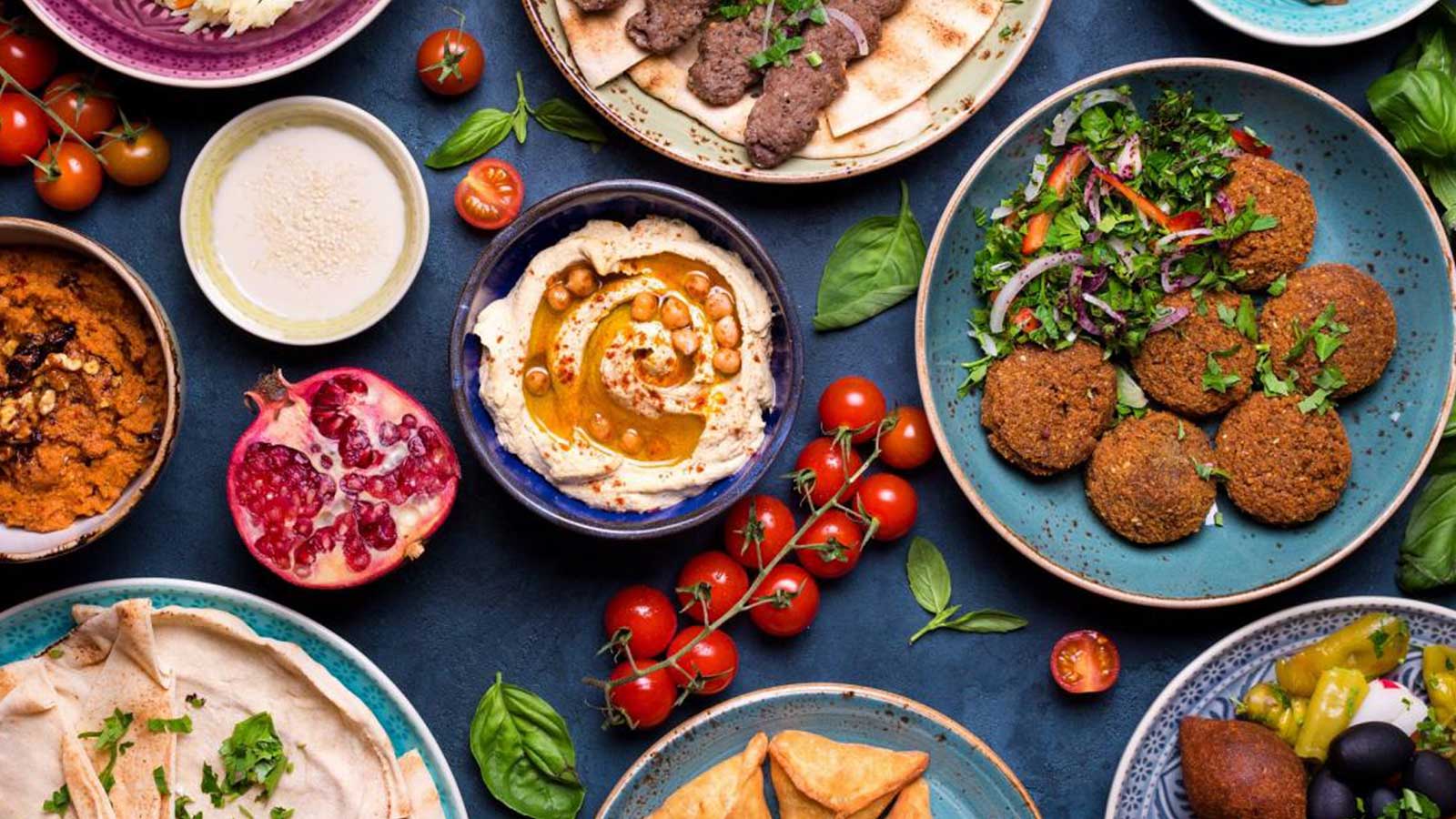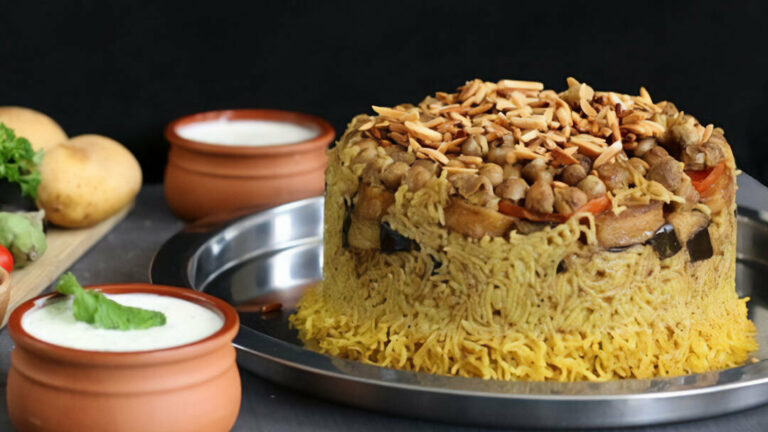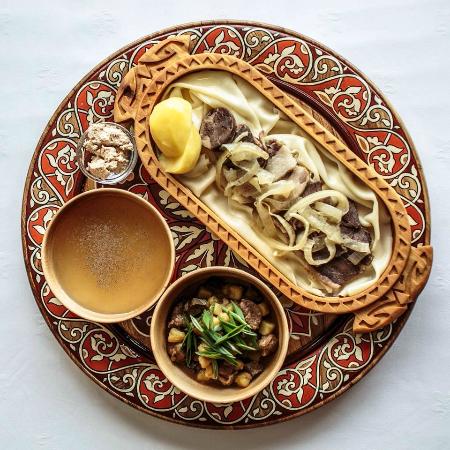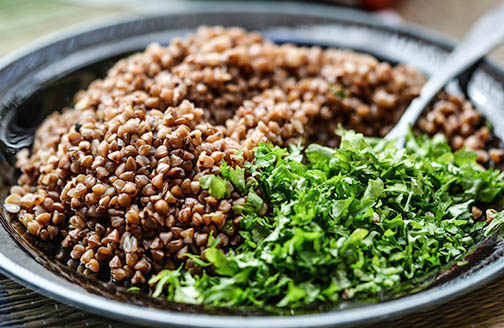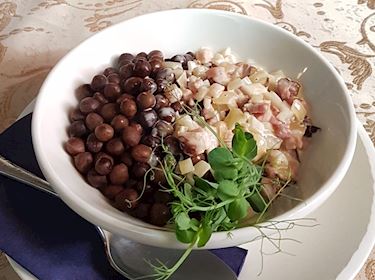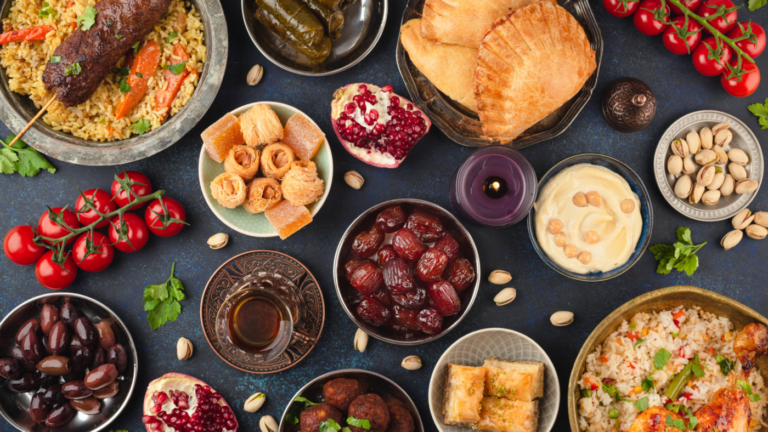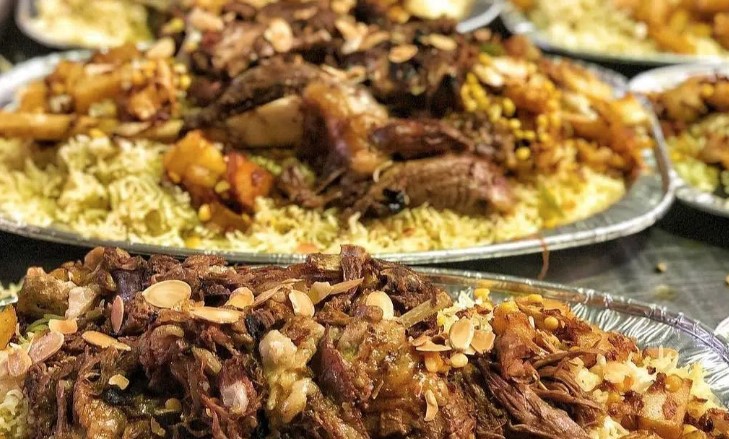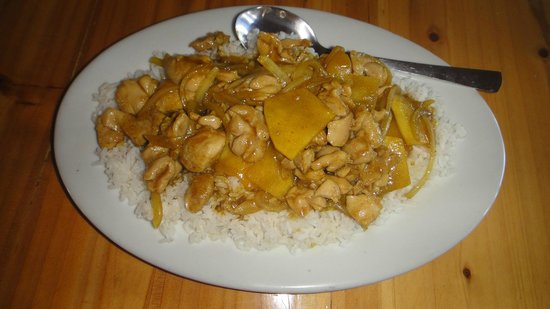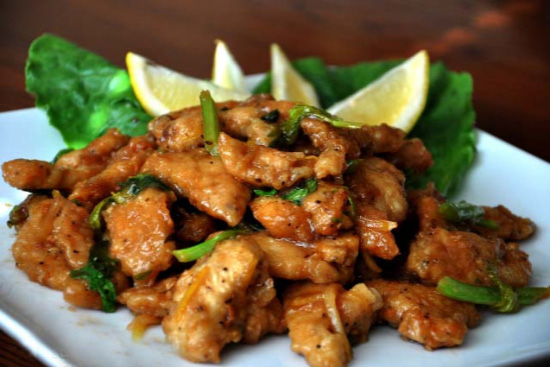Introduction: Jordanian Cuisine Beyond the Classics
Jordanian cuisine is a melting pot of Middle Eastern flavors and aromas, with a range of dishes that span across regions and cultures. While many people may be familiar with the classic Jordanian dishes like mansaf and falafel, there are many lesser-known regional dishes and ingredients that are worth exploring. From the mountains of Ajloun to the plains of the Jordan Valley, Jordanian cuisine offers a variety of unique flavors and ingredients that are waiting to be discovered.
Aqras: A Traditional Dish from Ajloun
Aqras is a traditional dish from Ajloun, a mountainous region in northern Jordan. It is a hearty dish made with bulgur wheat and lamb or beef, and is typically served with a side of yogurt. Aqras gets its unique flavor from the use of spices like allspice, cinnamon, and cardamom, as well as dried fruits like raisins and apricots. This dish is typically cooked in a large pot over an open flame, which gives it a smoky and fragrant flavor.
Shishbarak: The Dumplings of the North
Shishbarak is a popular dish in the northern regions of Jordan, particularly in the cities of Ajloun and Jerash. It is a type of dumpling that is made with a delicate pastry shell, filled with a mixture of ground lamb, onions, and spices, and cooked in a yogurt and broth sauce. Shishbarak is typically served as a main course, and is often accompanied by a side of rice. The dish is known for its rich and comforting taste, and is a favorite among locals and visitors alike.
Musakhan: A Fragrant Chicken and Bread Dish
Musakhan is a fragrant chicken and bread dish that is popular throughout Jordan. It is made with roasted chicken that is seasoned with a blend of spices like sumac and cumin, and served on top of a bed of flatbread that has been soaked in olive oil and spices. The dish is typically garnished with onions and parsley, and is often served with a side of yogurt. Musakhan is known for its bold and aromatic flavors, and is a staple dish in many Jordanian households.
Maglouba: A One-Pot Meal with a Twist
Maglouba is a one-pot meal that is popular in Jordan, particularly in the southern regions of the country. It is made with layers of rice, vegetables, and meat, and is cooked in a pot with a lid that is flipped upside down to create a layered dish. Maglouba gets its unique flavor from the use of spices like cumin, coriander, and cinnamon, as well as the addition of caramelized onions. This dish is known for its hearty and comforting taste, and is a favorite among Jordanians.
Sumac: The “Lemon” of Jordanian Cuisine
Sumac is a spice that is commonly used in Jordanian cuisine, particularly in dishes like musakhan and fattoush salad. It is made from the ground, dried berries of the sumac plant, and has a tangy and slightly sour flavor. Sumac is often referred to as the “lemon” of Jordanian cuisine, as it is used to add a bright and citrusy flavor to dishes. It is also known for its health benefits, as it is high in antioxidants and has anti-inflammatory properties. Sumac is a versatile spice that can be used in a range of dishes, and is a staple in many Jordanian kitchens.
Conclusion
Jordanian cuisine is a treasure trove of unique flavors and ingredients, with a range of dishes that are waiting to be discovered. From the hearty and comforting dishes of the north to the fragrant and aromatic flavors of the south, Jordanian cuisine offers a diverse and delicious culinary experience. By exploring the lesser-known regional dishes and ingredients, you can discover a whole new world of flavors and aromas in Jordanian cuisine.

